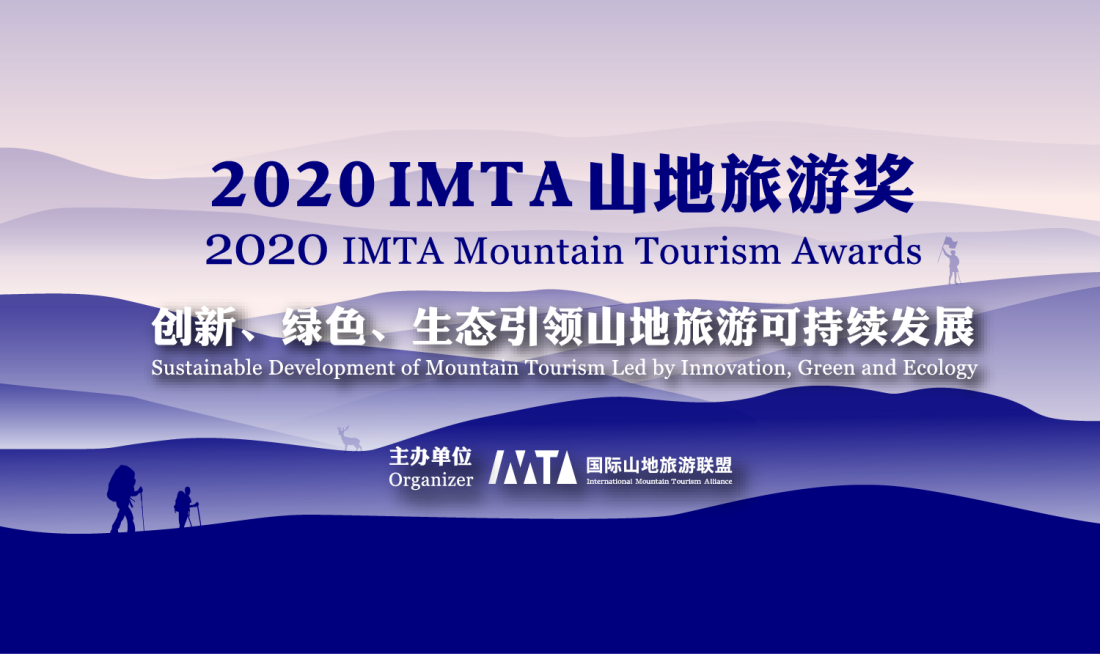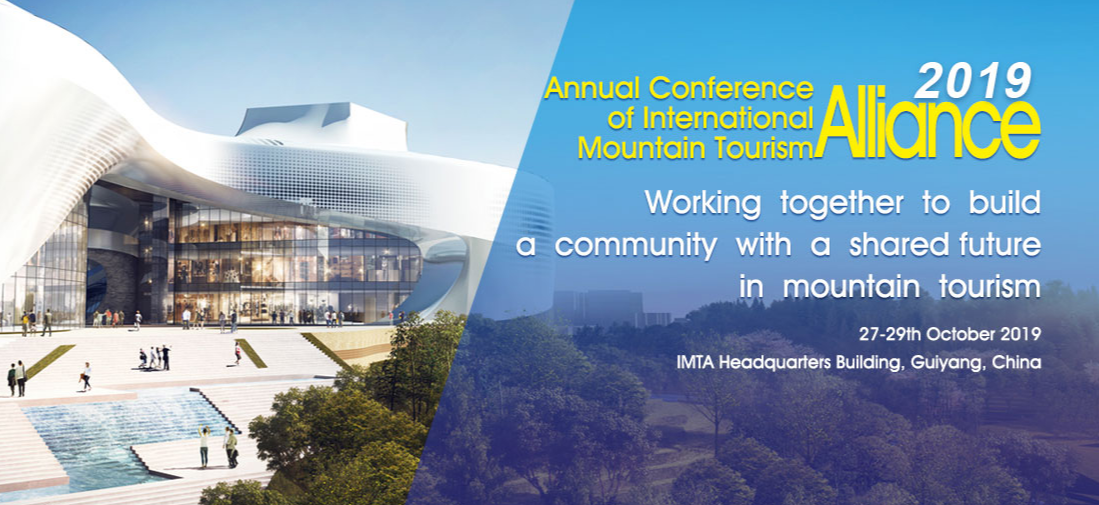Pansy Ho - Asian Tourism Trend Review: From Sustainable Mountain Tourism to Beautiful Life
time:2019-11-13 17:28
author:International Union of mountain tourism
Thematic activities
more>>-
Against the backdrop of globalization, t ...

















